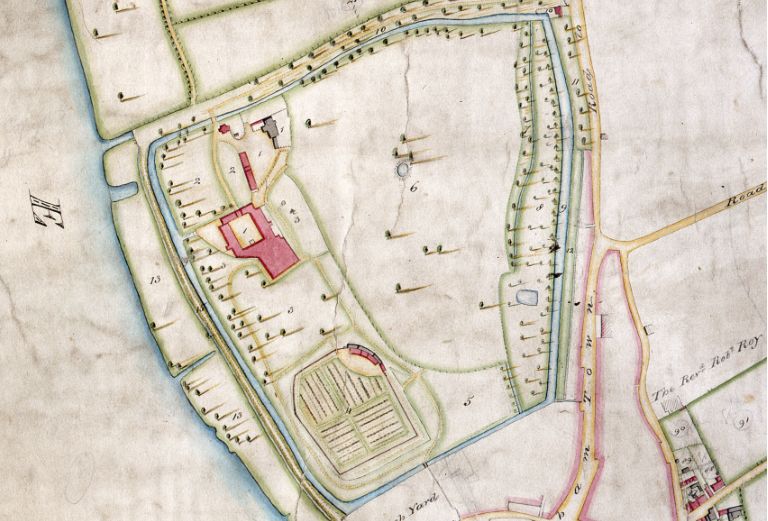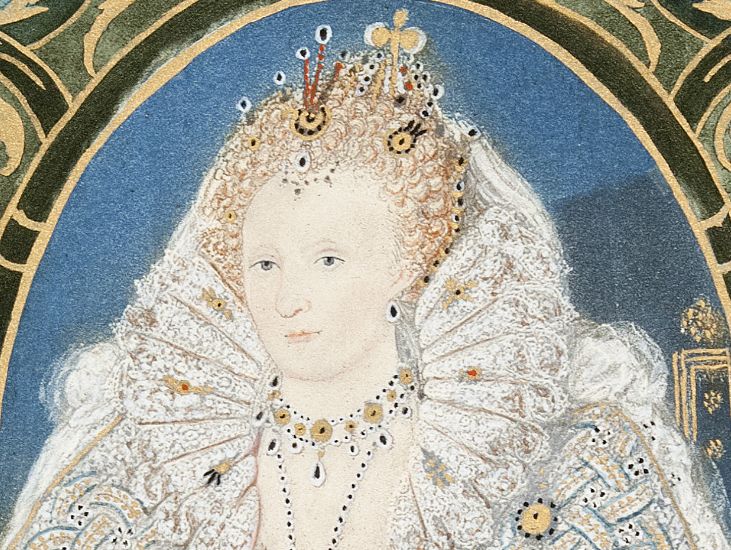History of the site
The occupation of our site goes back much further than the arrival of the Bishops of London over 1,300 years ago. Every archaeological study has produced rich evidence of a long and active history, one that goes back at least 6,000 years.

The site of Fulham Palace has always been an important one. Its location next to a natural point to cross the River Thames drew ancient travellers and settlers. Our earliest archaeological finds are from the Late Mesolithic to Early Neolithic, around 4,000 BC.
During the Bronze Age, from 2,500 BC, Fulham was farmland. Our digs at the Palace have found evidence of this peaceful life until the Early Iron Age, around 300 BC. And then everything disappears.
The Roman occupation of Britain from AD 43 to 410 is a time of great activity on the site. Our excavations have uncovered Roman coins, pottery, building materials and evidence of paths and roadways. It’s possible a Roman villa once stood close to our walled garden.
When the Romans left Britain, Saxons took over many of their buildings. Early Saxon finds around London are rare, but we have recovered two pieces of pottery dated from between AD 400 and 600.

In AD 704 our connection with the Bishops of London begins. Bishop Waldhere acquired the site as part of a vast estate covering most of Hammersmith, Fulham, Acton, Ealing and Finchley. Shortly after, a Viking encampment was on the site for a year or two according to the Anglo Saxon Chronicle.
At some point between 1066 and the late 14th century, the Palace became the largest domestic moated site in England, enclosing 36 acres of land. The first manor house may have stood near a corner of the moat, close to the River Thames.
During the mid-13th century, the decision was made to move the manor house. The old site was abandoned, and buildings sprang up around what is now our east courtyard. The history of the house that we see today begins here.
Find out more about the history of the house.


